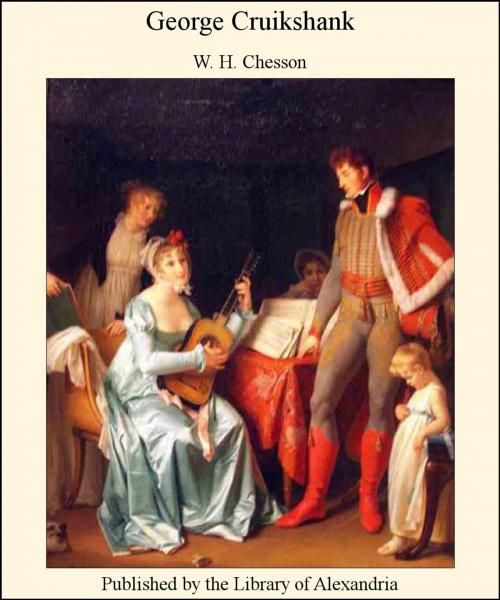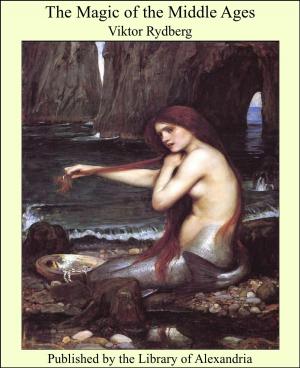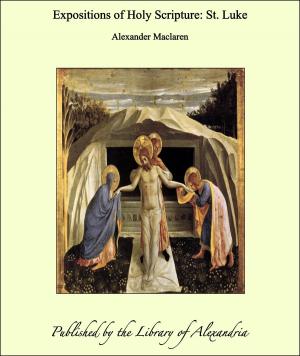| Author: | W. H. Chesson | ISBN: | 9781465516237 |
| Publisher: | Library of Alexandria | Publication: | March 8, 2015 |
| Imprint: | Language: | English |
| Author: | W. H. Chesson |
| ISBN: | 9781465516237 |
| Publisher: | Library of Alexandria |
| Publication: | March 8, 2015 |
| Imprint: | |
| Language: | English |
For years before he reached the great but unsensational age at which he died, a sort of cult was vested in his longevity. Dated plates—that entitled "The Rose and the Lily" (1875) offers the last example—imply that his art figured to him finally as a kind of athleticism. It was as if, in using his burin or needles, he was doing a "turn" before sightseers, with a hired Time innocuously scything on the platform beside him to show him off. Now that his mortality has been proven for a quarter of a century, we can coldly ask: why did he seem so old to himself and the world? Others greater than he—Titian, Watts—have laboured with genius under a heavier crown of snow than he; and the public has applauded their vigour without a doubt of their identity. The reason is that they have not been the journalists of their age. They have not, like Cruikshank, reflected in their works inventions and fashions, wars and scandals, jokes and politics, whence the world has emerged unrecognisably the same. It is said that when Cruikshank was eighty-three, he executed a sword-dance before an old officer who had mentally buried him. It was an action characteristic of a nature that was scarcely more naïve and impulsive at one time than another, but it was the most confusing proof of the fact in debate which he could have offered. It was not of a numeral that the doubter thought when the existence of Cruikshank was presented to his mind's eye. His thought we may elaborate as follows. The artist who drew Napoleon week by week, with all the vulgar insolence which only a great man's contemporaries can display towards him, was the same who, half a century after the Emperor's death, produced a conception of the "Leader of the Parisian Blood Red Republic of 1870." The artist who, in the last year of the reign of George the Third, depicted Thistlewood's lair in Cato Street, drew also, as though with "a mOther's tender care," almost every pane in that glass palace which the trees of Hyde Park inhabited in 1851
For years before he reached the great but unsensational age at which he died, a sort of cult was vested in his longevity. Dated plates—that entitled "The Rose and the Lily" (1875) offers the last example—imply that his art figured to him finally as a kind of athleticism. It was as if, in using his burin or needles, he was doing a "turn" before sightseers, with a hired Time innocuously scything on the platform beside him to show him off. Now that his mortality has been proven for a quarter of a century, we can coldly ask: why did he seem so old to himself and the world? Others greater than he—Titian, Watts—have laboured with genius under a heavier crown of snow than he; and the public has applauded their vigour without a doubt of their identity. The reason is that they have not been the journalists of their age. They have not, like Cruikshank, reflected in their works inventions and fashions, wars and scandals, jokes and politics, whence the world has emerged unrecognisably the same. It is said that when Cruikshank was eighty-three, he executed a sword-dance before an old officer who had mentally buried him. It was an action characteristic of a nature that was scarcely more naïve and impulsive at one time than another, but it was the most confusing proof of the fact in debate which he could have offered. It was not of a numeral that the doubter thought when the existence of Cruikshank was presented to his mind's eye. His thought we may elaborate as follows. The artist who drew Napoleon week by week, with all the vulgar insolence which only a great man's contemporaries can display towards him, was the same who, half a century after the Emperor's death, produced a conception of the "Leader of the Parisian Blood Red Republic of 1870." The artist who, in the last year of the reign of George the Third, depicted Thistlewood's lair in Cato Street, drew also, as though with "a mOther's tender care," almost every pane in that glass palace which the trees of Hyde Park inhabited in 1851















